What Is Aquascaping – Creating An Aquarium Garden
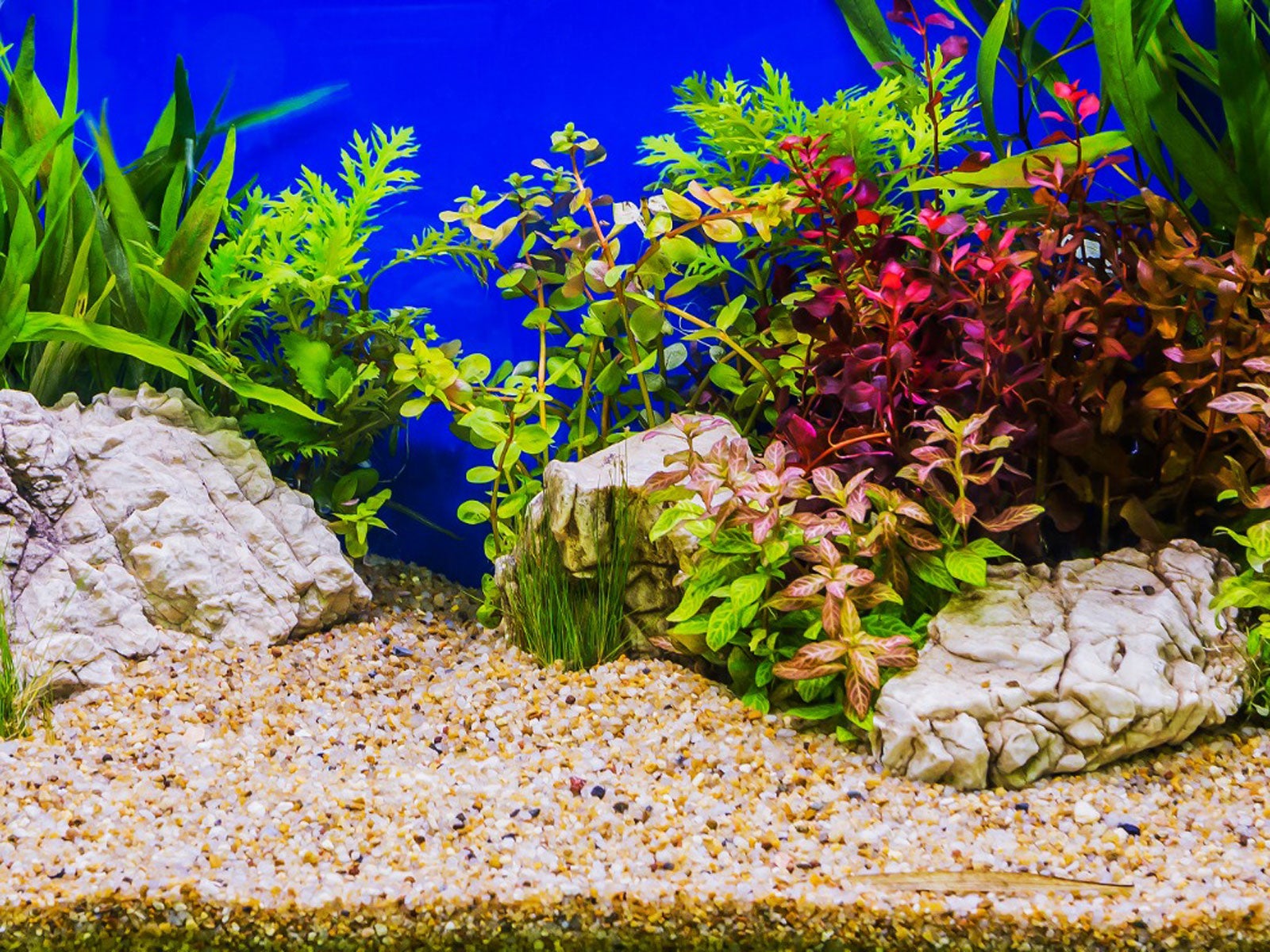

Gardening outdoors has its benefits, but aquatic gardening can be just as rewarding. One way to incorporate this into your home is through aquascaping. Read on to learn more about creating an aquarium garden.
What is Aquascaping?
In gardening, landscaping is all about designing your surroundings. With aquascaping, you’re simply doing the same thing but in an aquatic setting – typically in aquariums. This can be a fun way to create an underwater landscape with plants growing in natural curves and slopes. Fish and other aquatic creatures can be included too.
A number of plants can be used for aquascaping. Carpeting plants and mosses are added straight into the substrate to form a lush green carpet along the bottom. These include dwarf baby tears, dwarf hairgrass, Marsilea, java moss, liverwort, and Glossostigma elatinoides. Floating plants provide shelter and partial shade. Duckweeds, frogbit, floating moss, and dwarf water lettuce are ideal. Background plants like anubias, Amazon Swords, Ludwigia repens are good options.
Most fish species work well with these underwater landscapes, but some top choices include tetras, discus, angelfish, Australian rainbows, and livebearers.
Types of Aquascapes
While you’re free to design an aquascape any way you’d like, there are generally three types of aquascapes used: Natural, Iwagumi, and Dutch.
- Natural Aquascape – This Japanese inspired aquascape is just as it sounds – natural and somewhat unruly. It mimics natural landscapes using rocks or driftwood as its focal point. Plants are often used minimally and attached to driftwood, rocks, or within the substrate.
- Iwagumi Aquascape – The most simplistic of the aquascape types, only a few plants are found. Both plants and the hardscapes are arranged asymmetrically, with rocks/stones placed as focal points. As with plantings, fish are minimal.
- Dutch Aquascape – This type puts emphasis on the plants, highlighting different shapes and colors. Many are planted in larger aquariums.
Don’t be afraid to experiment and get creative with your aquascape design. There are many things you can do. For instance, add an aquascape waterfall with small, sandy gravel running down some rocks or, if you are using both terrestrial and aquatic species (paludariums), create small aquascape pools.
Creating an Aquarium Garden
Just like any garden, it’s a good idea to have a plan first. You’ll want to have a general idea about the type of aquascape you’ll be creating, and the hardscapes used – rocks, wood, or other suitable materials. Also, consider what plants you’d like to add, and where you’ll be placing the aquatic garden. Avoid areas with lots of sunlight (promotes algae growth) or heat sources.
Gardening tips, videos, info and more delivered right to your inbox!
Sign up for the Gardening Know How newsletter today and receive a free copy of our e-book "How to Grow Delicious Tomatoes".
In addition to having a plan, you need equipment. This includes things like lighting, substrate, filtration, CO2, and aquarium heater. Most aquatic retailers can help with specifics.
When adding substrate, you’ll need a lava granulate base. Choose a substrate soil that is neutral to slightly acidic.
Once you’re ready to start designing your aquascape, be sure to create defined layers similar to that found in the garden – foreground, middle, and background. Your plants and hardscape features (rock, stones, driftwood, or bogwood) will be used for this depending on the type of aquascape chosen.
Use tweezers to place your plants, gently pushing them into the substrate. Blend plant layers naturally with some dotted amongst rocks and wood.
After your aquascape design is finished, carefully add water, either with a small cup/bowl or siphon so as not to move the substrate. You should allow the tank to cycle up to six weeks prior to introducing fish. Also, allow them to acclimate to the water conditions by placing the bag they came in into the tank first. After about 10 minutes or so, slowly add small amounts of tank water to the bag every five minutes. Once the bag is filled, it’s safe to release them into the tank.
Of course, once your aquascape setup is complete, you’ll still need to keep your plants happy and healthy. Be sure to change your water bi-weekly and maintain stable temps, generally between 78 and 82 degrees F. (26-28 C.). Depending on your plants, you may need to trim on occasion too, and remove any dead or dying foliage. Fertilize only as needed.

Nikki Tilley has been gardening for nearly three decades. The former Senior Editor and Archivist of Gardening Know How, Nikki has also authored six gardening books.
-
 12 Lush Alternatives To A Lawn For Sustainable Spaces
12 Lush Alternatives To A Lawn For Sustainable SpacesAlternatives to a lawn are beautiful and also beneficial to your local ecosystem and its pollinators. Explore our top picks for plants to replace grass.
By Tonya Barnett
-
 Types Of Tomatoes Explained: Explore The Many Wonderful Shapes, Colors, Flavors, & Best Uses
Types Of Tomatoes Explained: Explore The Many Wonderful Shapes, Colors, Flavors, & Best UsesThe world of tomato varieties is vast and fascinating. Learn about the key types to grow in your garden, tailored to your preferences and space.
By Amy Grant
-
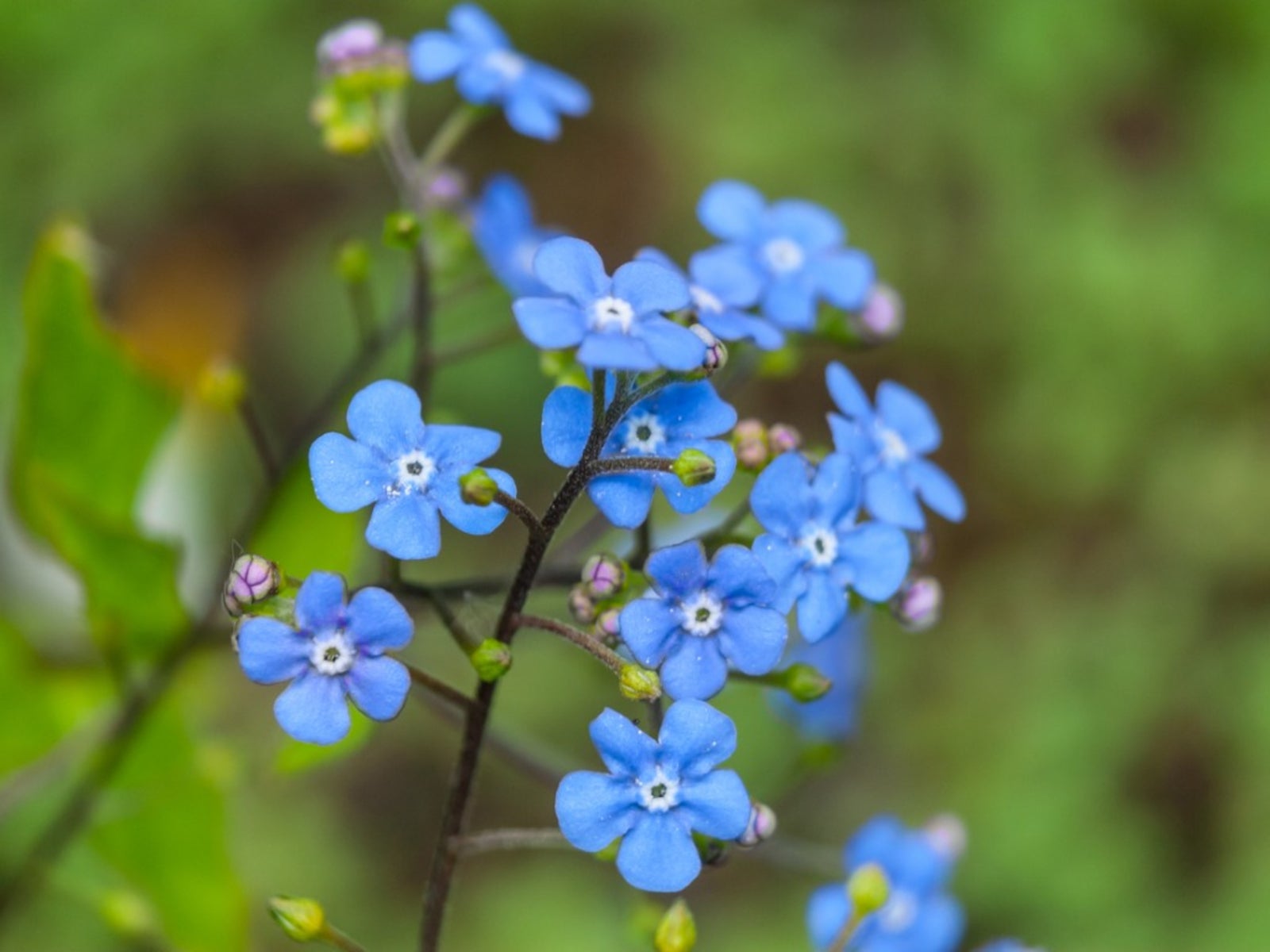 Flowering Pond Plants - Growing Aquatic Flowers
Flowering Pond Plants - Growing Aquatic FlowersAdding flowering pond plants to natural and manmade water features can be an easy way to quickly beautify a space with lush greenery and vibrant bursts of seasonal color. Read on for more.
By Tonya Barnett
-
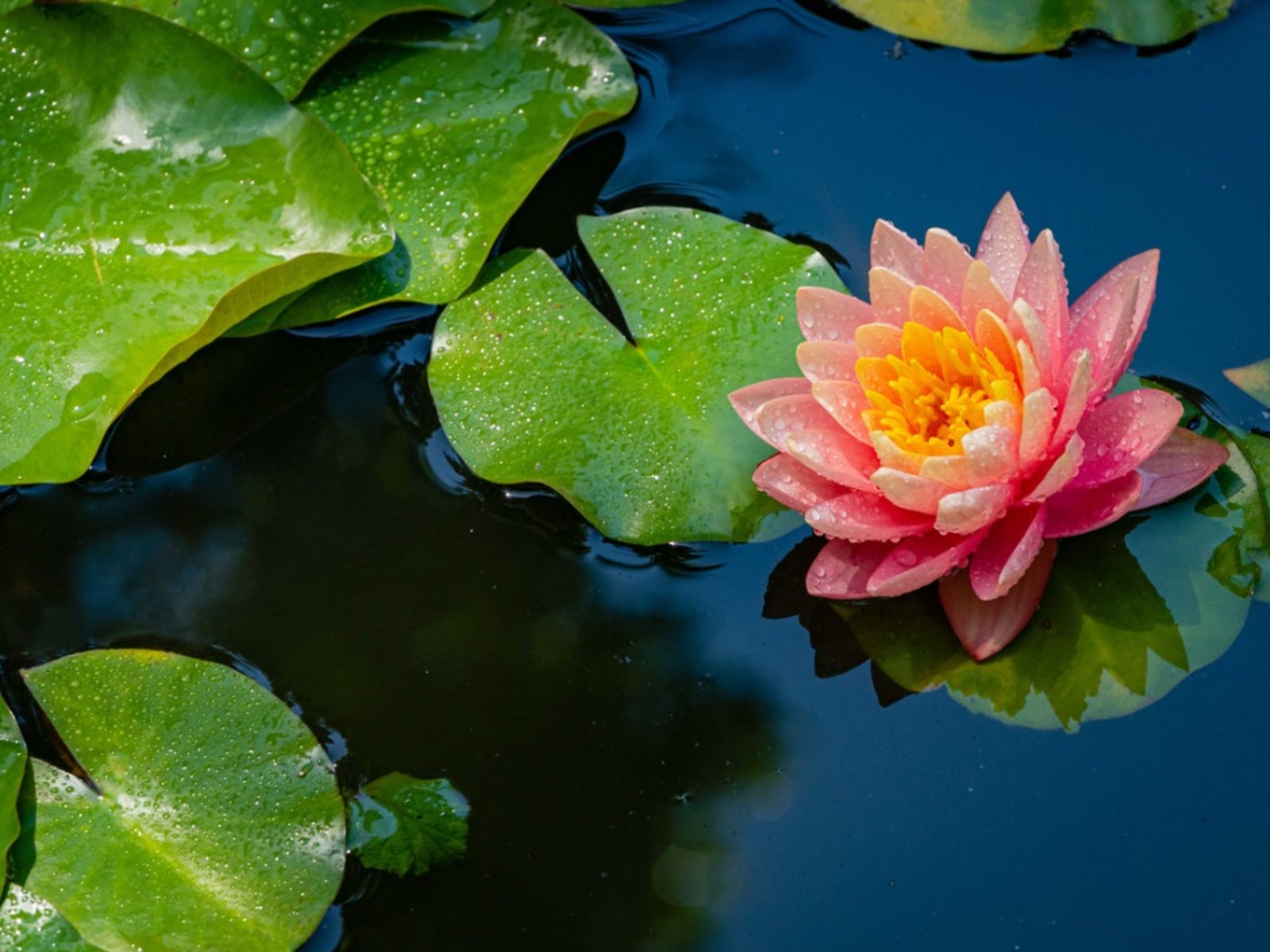 Full Sun Aquatic Plants - Full Sun Floating Pond Plants
Full Sun Aquatic Plants - Full Sun Floating Pond PlantsThere are pros and cons to putting a pond in full sun, but it's very doable. Here are some ideas to get you started.
By Mary Ellen Ellis
-
 Echinodorus Creeping Burhead – Information On Creeping Burhead Plant Care
Echinodorus Creeping Burhead – Information On Creeping Burhead Plant CareCreeping burhead plants are members of the water plantain family and commonly used in freshwater aquariums or outdoor fishponds. Echinodorus creeping burhead is native to the eastern half of the United States. To learn more about the creeping burhead plant click the following.
By Laura Miller
-
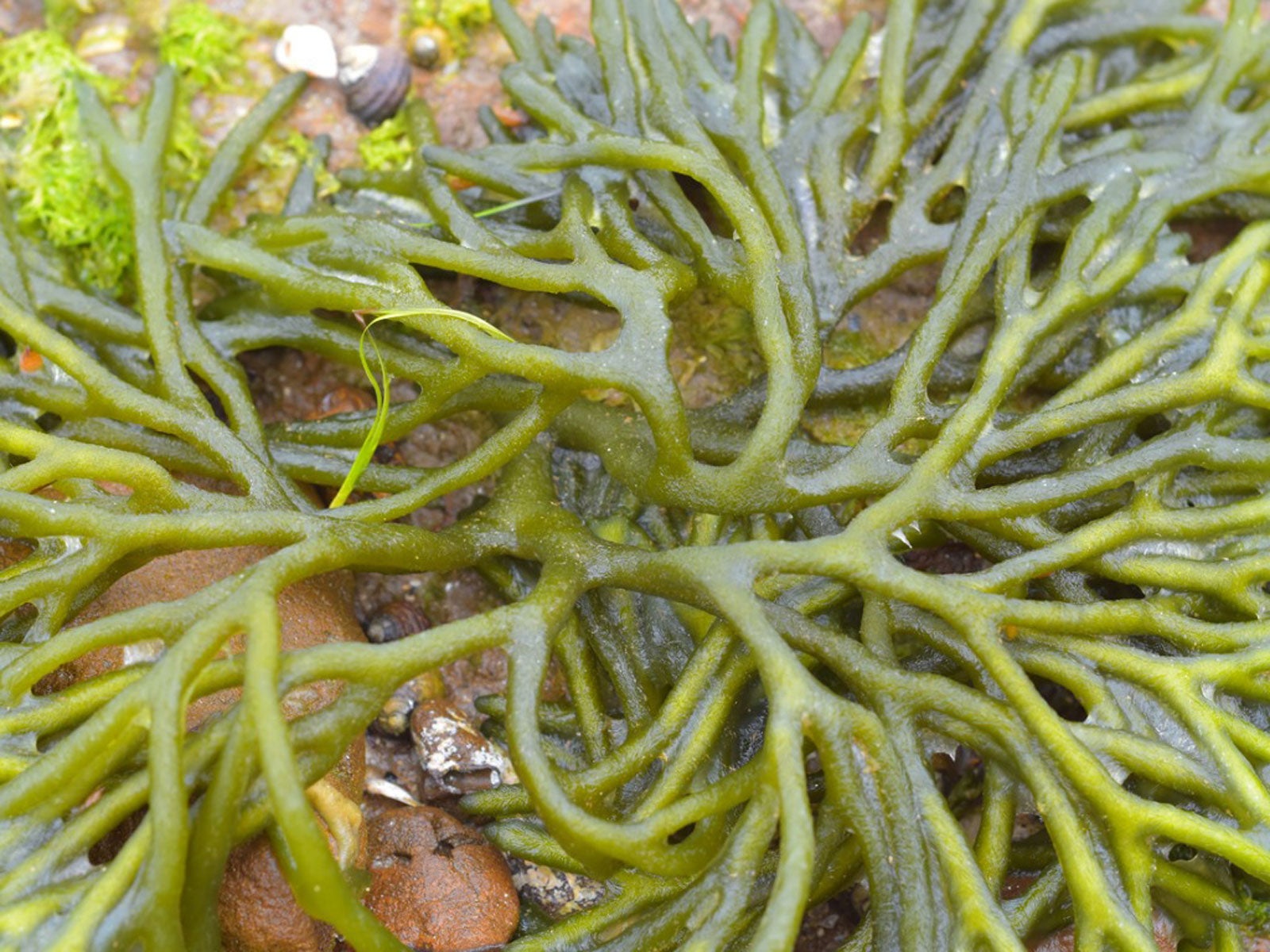 What Is A Saltwater Aquarium: Plants For Saltwater Aquariums
What Is A Saltwater Aquarium: Plants For Saltwater AquariumsBuilding and maintaining a saltwater aquarium requires some expert knowledge in choosing the right plants. Here are some choices to start with.
By Mary Ellen Ellis
-
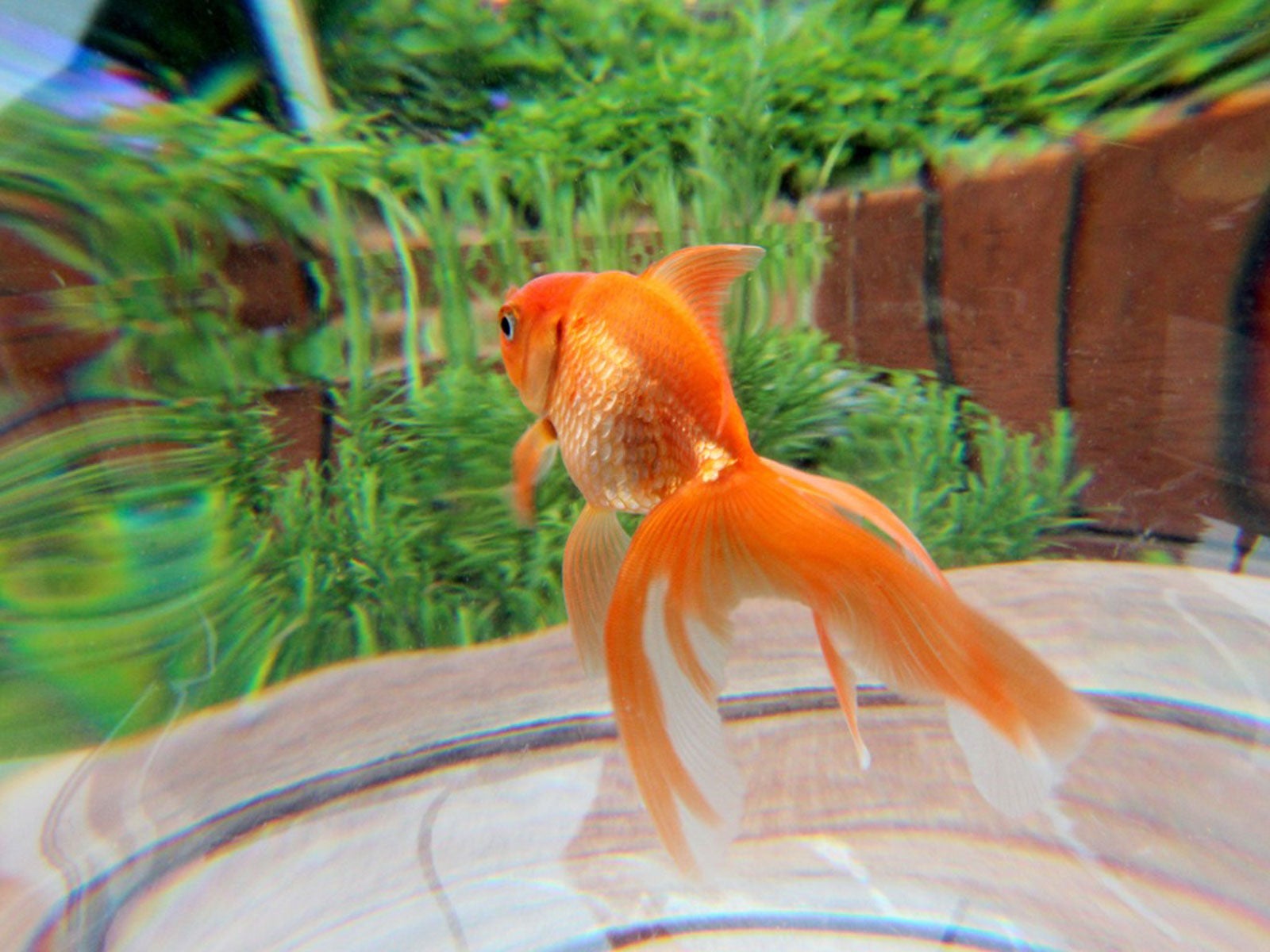 Outdoor Aquarium Ideas: Putting A Fish Tank In The Garden
Outdoor Aquarium Ideas: Putting A Fish Tank In The GardenAquariums are generally made for inside the house, but why not have a fish tank outside? Click here for tips and ideas on backyard aquariums.
By Mary Ellen Ellis
-
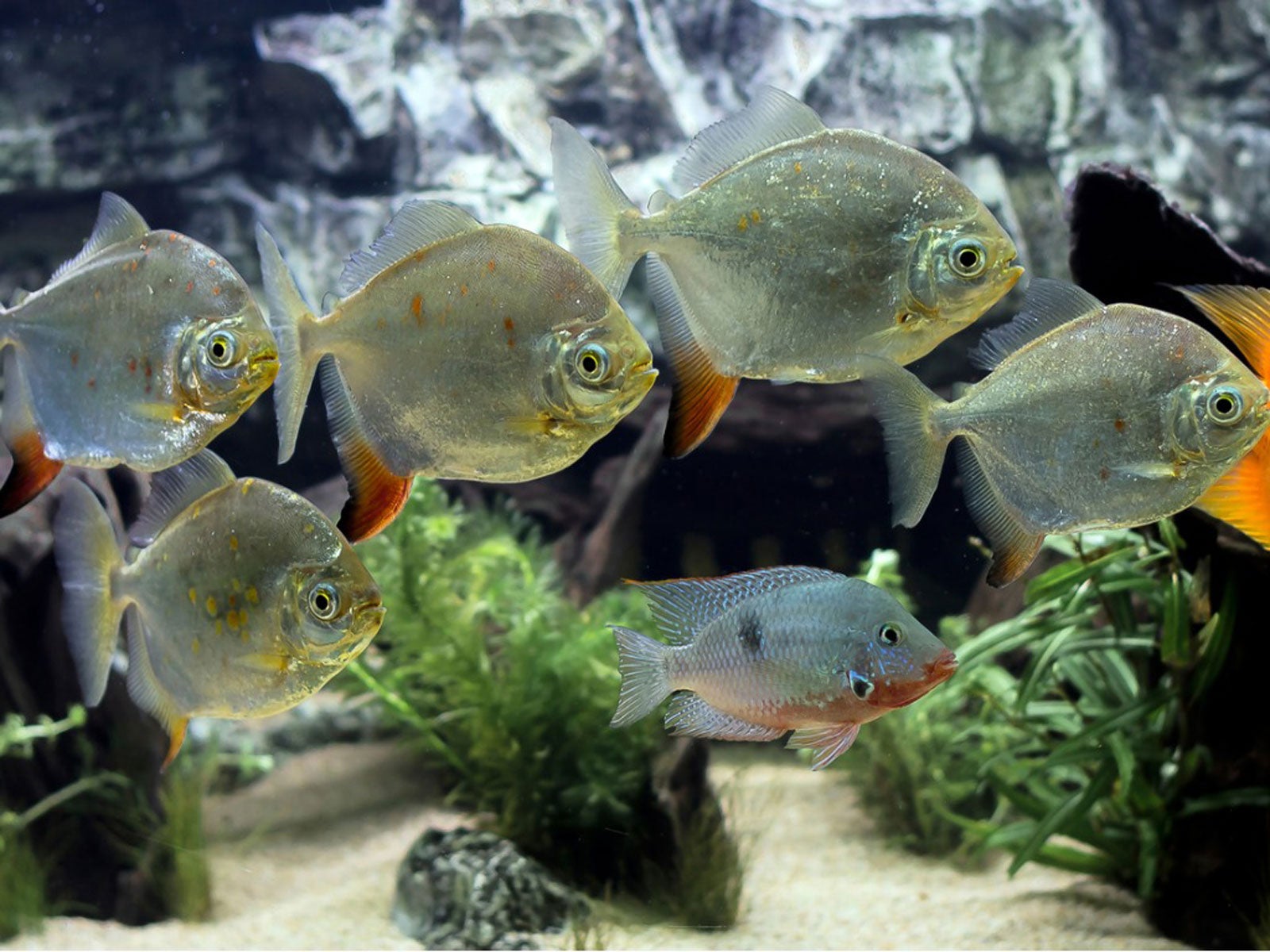 Fish That Eat Plants – Which Plant Eating Fish Should You Avoid
Fish That Eat Plants – Which Plant Eating Fish Should You AvoidGrowing plants with aquarium fish is rewarding, but if you want to combine plants and fish, learn what aquarium fish to avoid. This article will help.
By Mary H. Dyer
-
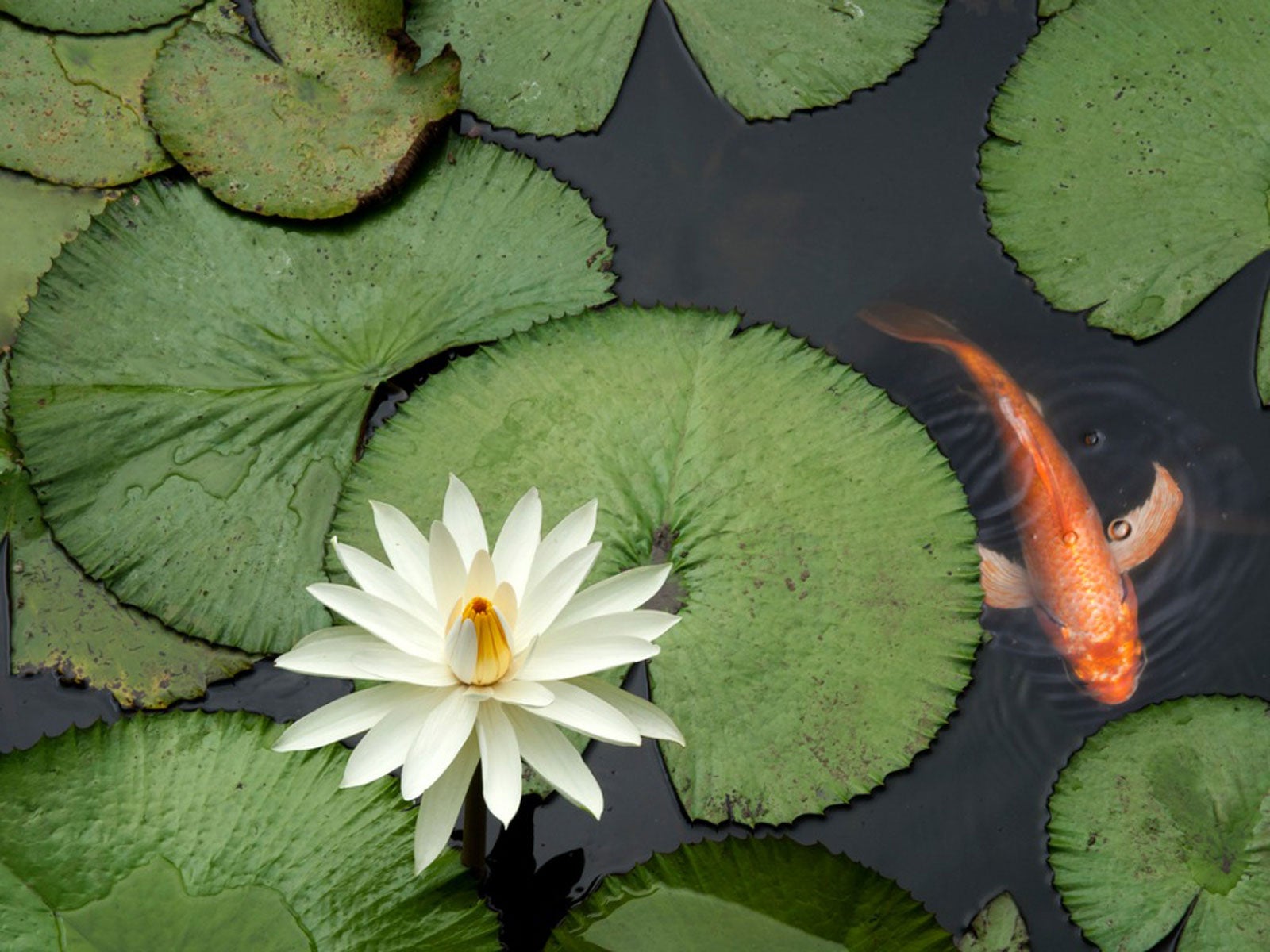 Is Pond Fertilizer Bad For Fish: Learn About Fish Safe Fertilizer
Is Pond Fertilizer Bad For Fish: Learn About Fish Safe FertilizerUsing fertilizer around fishponds must be done with care. Excess nitrogen causes algae, but can also contaminate the water and affect fish. Learn more here.
By Bonnie L. Grant
-
 What Is Bubble Aeration: Learn About Pond Bubbler Systems
What Is Bubble Aeration: Learn About Pond Bubbler SystemsWithout proper care and maintenance, a pond can become a smelly, brackish pit and a breeding ground for mosquitos. The best way to keep a pond clean and odor free is with an aeration system. To learn about bubble aeration in ponds, click here.
By Mary H. Dyer